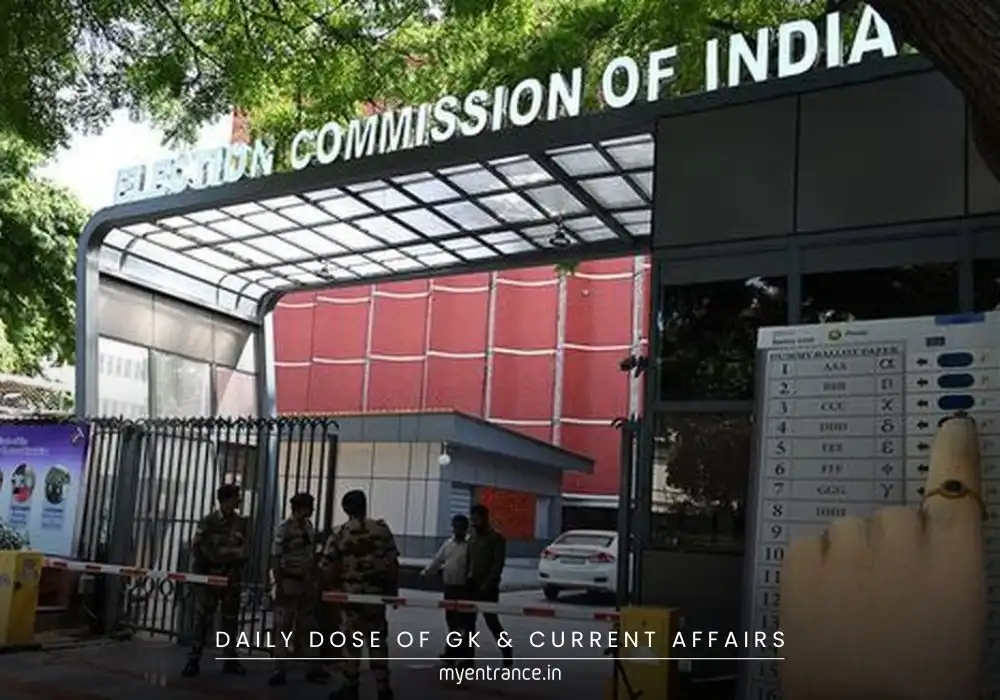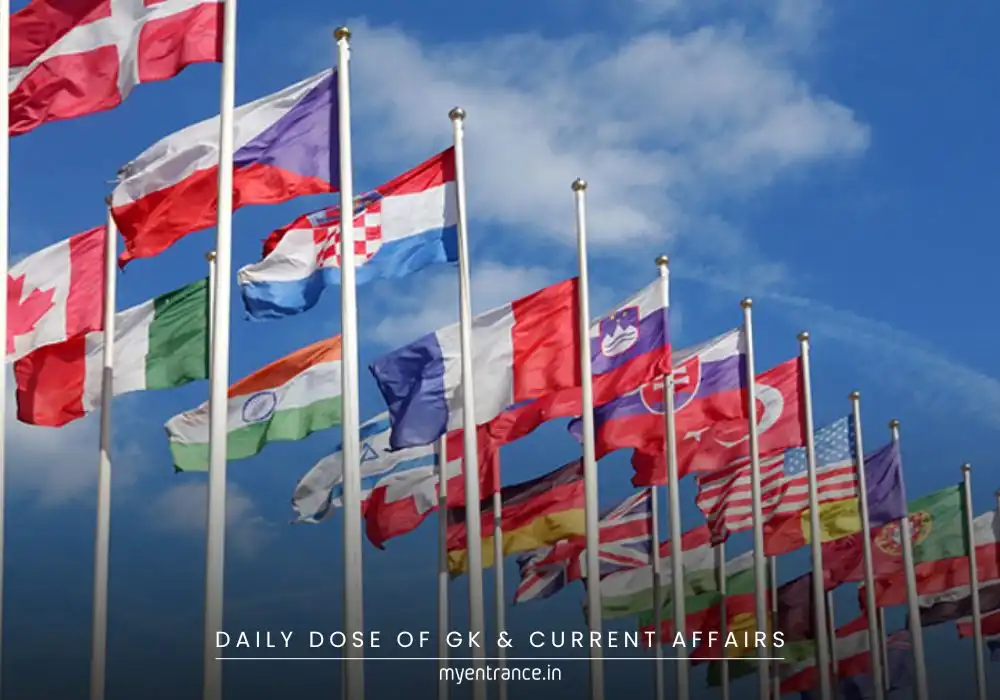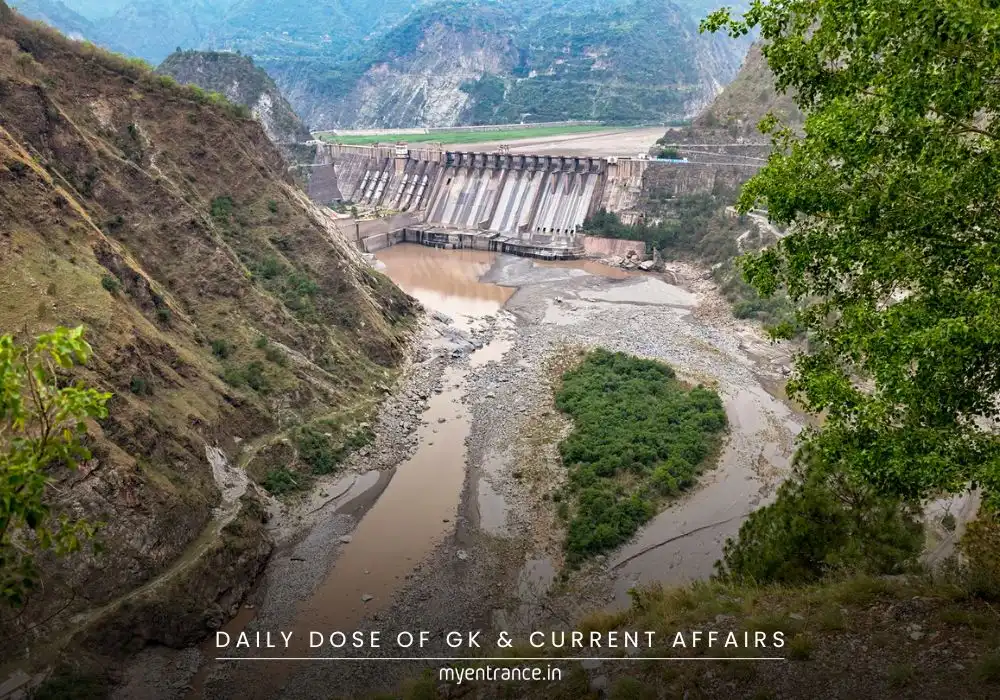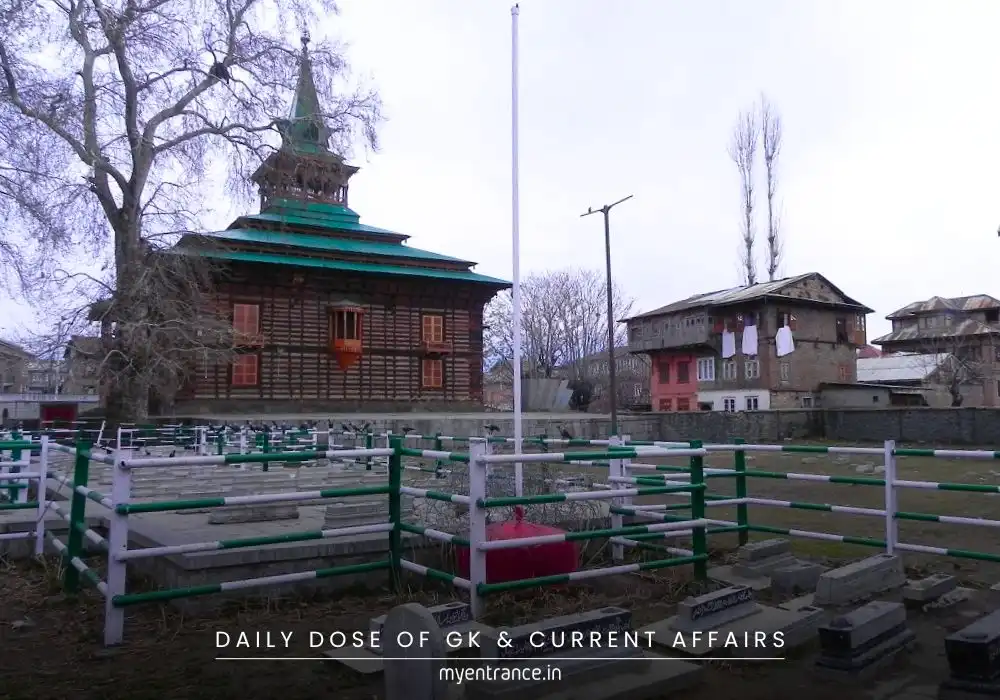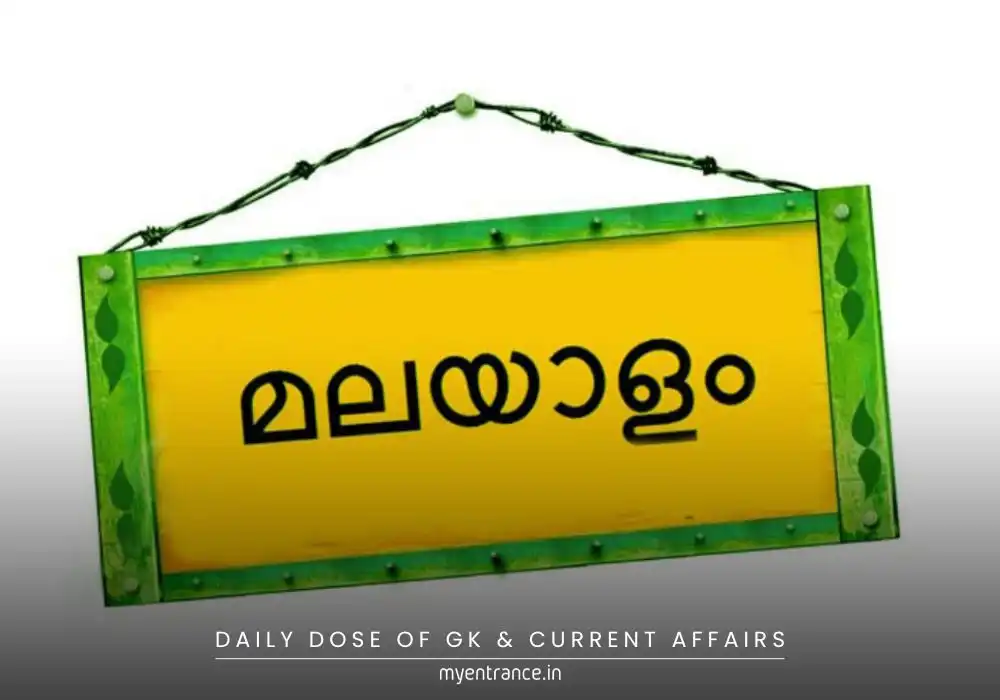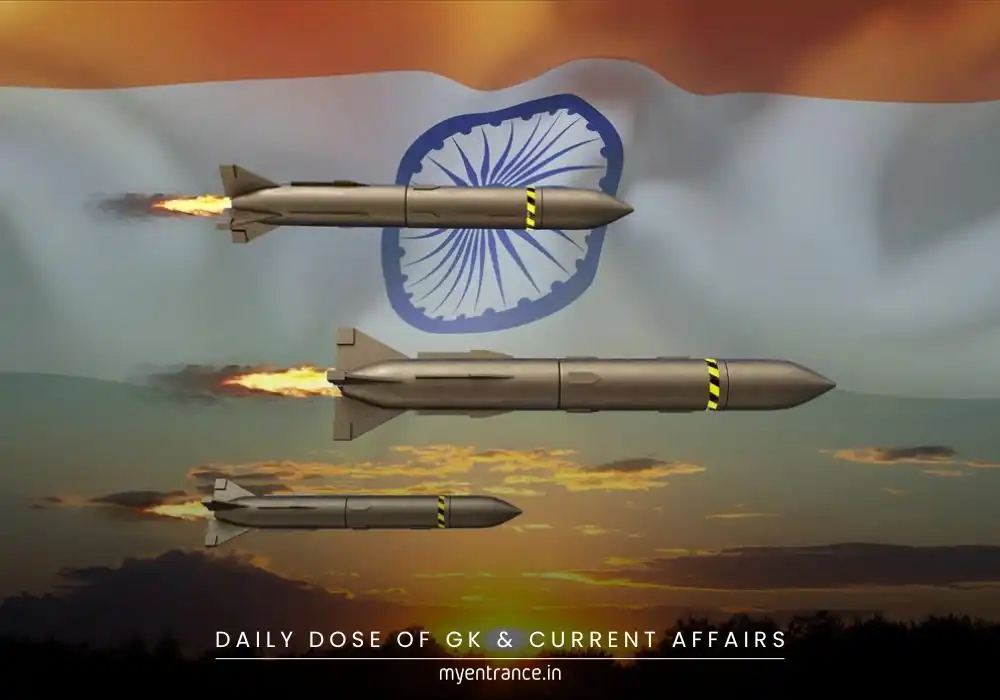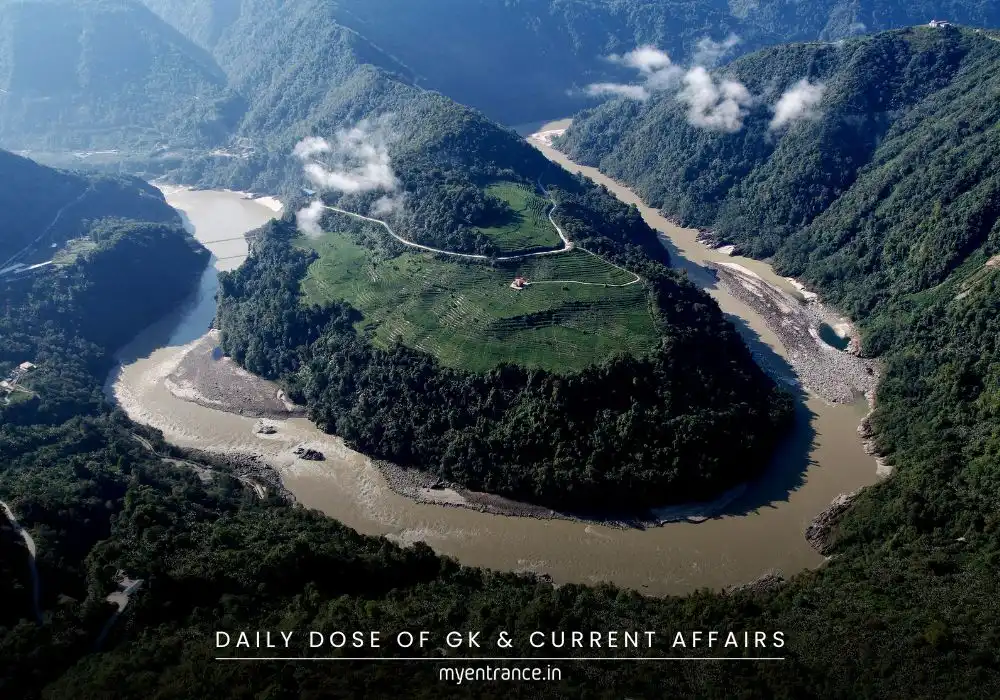Translate Language
Why Did Gingee Fort Earn UNESCO World Heritage Status?
Gingee Fort, a 13th-century fortress in Tamil Nadu’s Villupuram district, has joined UNESCO’s elite World Heritage list. Perched on three hills—Rajagiri, Krishnagiri, and Chandragiri—it’s a testament to India’s layered history, from the Konar Dynasty to the British Raj.
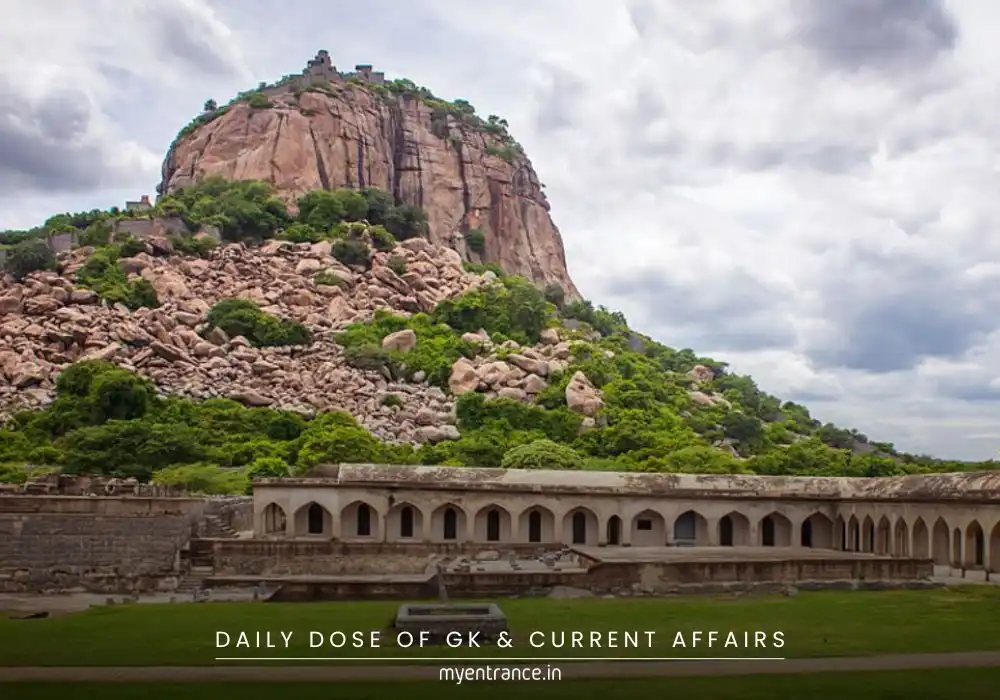
Why Did UNESCO Recognize Gingee Fort?
The Supreme Court and UNESCO often preserve sites that embody cultural or historical significance. Gingee Fort earned its status due to:
Architectural Brilliance: Its stepped wells, temples, and water systems reflect advanced engineering.
Strategic Legacy: A key stronghold for empires like the Marathas and Mughals.
Cultural Fusion: Houses Hindu temples (Venkataramana) and mosques (Sadathtulla), symbolizing syncretism.
Key Features
Built in 1200 CE by Ananta Kon of the Konar Dynasty.
Nicknamed the “Troy of the East” for its impregnability.
Water Management: Two elaborate systems ensured supply even at hilltop heights.
Monuments: Kalyana Mahal, elephant tank, gymnasium, and a Mughal-era cannon.
Maratha Military Landscapes: India’s Tactical Masterpiece
Gingee is part of a network of 12 forts (8 in Maharashtra, 1 in TN) showcasing Maratha military prowess (17th–19th centuries).
Fort Classifications
Hill Forts: Rajgad, Shivneri, Gingee.
Coastal/Island Forts: Vijaydurg, Sindhudurg.
Forest Forts: Pratapgad.
Sample Q&A for Competitive Exams
Q: Which dynasty built Gingee Fort?
A: The Konar Dynasty (Ananta Kon, 1200 CE).
Q: Why is Gingee called the “Troy of the East”?
A: Due to its legendary resistance against sieges, akin to ancient Troy.
Q: Name one water system feature of Gingee Fort.
A: Dual water-supply networks ensured uninterrupted flow to hilltops.
Q: Which UNESCO category includes Gingee Fort?
A: Maratha Military Landscapes of India.
Q: How many forts are under Maratha Military Landscapes?
A: 12 (e.g., Raigad, Panhala, Gingee).
Why Is This Important for Exams?
UPSC/SSC: Questions on UNESCO sites, Maratha history, and architecture are recurrent.
State PSCs: Tamil Nadu and Maharashtra-centric topics often feature.
NID/NIFT: Design aspirants study heritage structures for inspiration.
Pro Tip: Link Gingee’s recognition to broader themes like “Cultural Heritage Conservation” for essay papers.
Get 3 Months Free Access for SSC, PSC, NIFT & NID
Boost your exam prep!
Use offer code WELCOME28 to get 3 months free subscription. Start preparing today!


